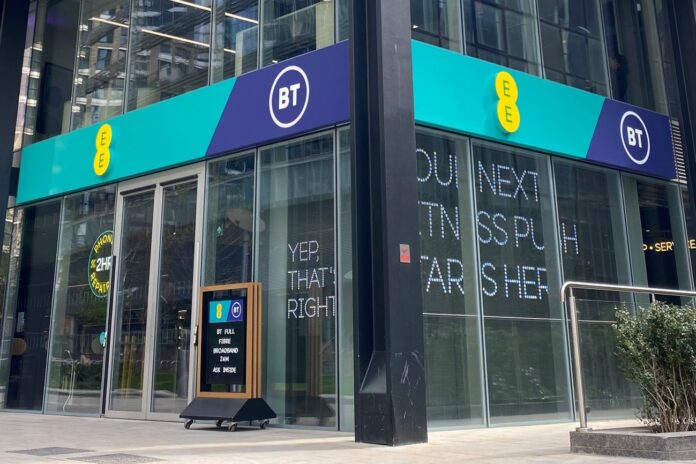5G Standalone potential is proved, EE just needs to launch it now
BT, with partners Ericsson and MediaTek, have successfully used a wideband frequency division duplex (FDD) radio carrier for 5G services, over 20MHz, in EE’s 2.6GHz spectrum.
While time division duplex (TDD) is the norm for allocations above 2.5GHz, FDD has a higher uplink strength signal compared to TDD. Lower frequency ranges also provide wider and deeper coverage, including indoors.
BT’s trial used 2×50MHz in EE’s 2.6GHz band and the telco also tested downlink aggregation with two TDD carriers in EE’s 3.5GHz band – plus an intermediate carrier bandwidth of 30MHz.
And it is the uplink potential that has BT excited. The trial has shown a capacity uplift of more than three times with a single FDD carrier. This is particularly significant for the uplink in 5G Standalone (5G SA), which is currently based on a single carrier.
Why? Well, coverage is typically limited by the uplink, not downlink. That means that while a downlink in a cell could reach further than in uplink, for a stable connection you need both. And with carrier aggregation, operators can use a downlink for all aggregated cells, while securing the connection stability through a common uplink on a lower aggregated frequency carrier. The net result is boosted data rates and range.
BT Group chief networks officer Greg McCall said: “This breakthrough is the latest example of our commitment to maximising the full potential of 5G for our customers. As network quality and accessibility improve, so too will innovation and the 5G services ecosystem.”
He added: Demonstrating new network capabilities such as those announced today is critical to achieving this goal and…paves the way to ensuring that 5G SA delivers new possibilities for our customers.”
Ericsson UK and Ireland CTO networks and managed services Evangelia Tzifa said: “This is a great step forward for the deployment of 5G Standalone for EE in the UK. Ericsson innovative software capabilities such as large bandwidths for NR FDD as well as NR Carrier Aggregation enable a solid foundation for improved end user experience and network performance.”
MediaTek GM of wireless communication systems and partnerships Dr Ho-Chi Hwang said: “This remarkable achievement of boosting uplink capacity is a fundamental step for the evolution from 5G non-Standalone to 5G Standalone networks. By supporting an uplink connection in a single FDD carrier with a wider bandwidth, MediaTek Dimensity 5G chipsets already meet the surging demand for uplink data in a new era of mobile applications.”
The trial was on BT’s live network in Bristol and Potters Bar using existing Ericsson commercial hardware (Baseband 6648, Radio 4419) and by activating the software feature “Large Bandwidth Support Low-Band”, plus testing with MediaTek Dimensity powered handsets with integrated MediaTek M80 Release-16 modem.
In June, Vodafone claimed first UK 5G SA bragging rights after announcing the launch of services in several cities including London, Manchester, Glasgow and Cardiff.


